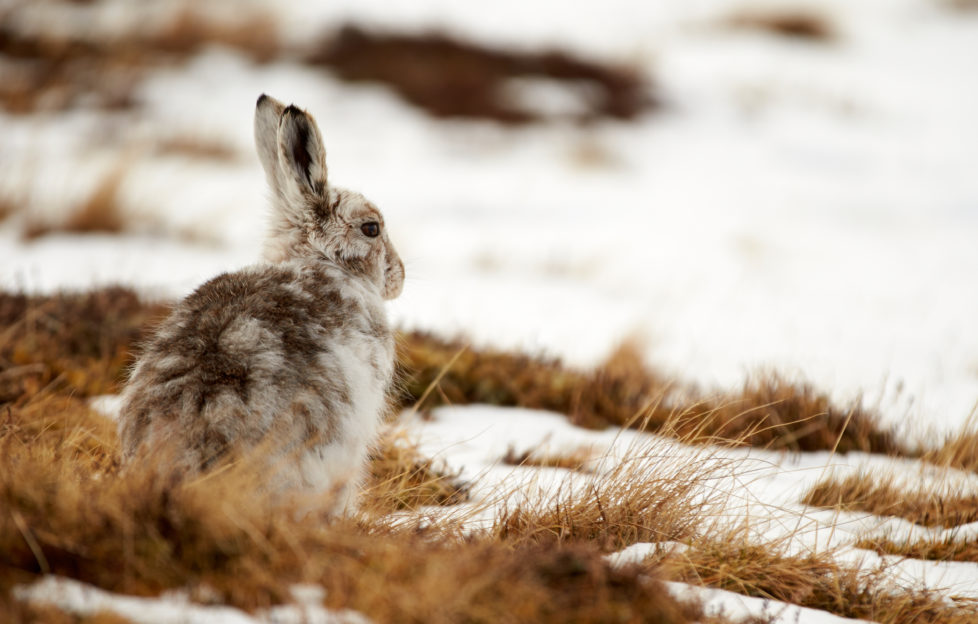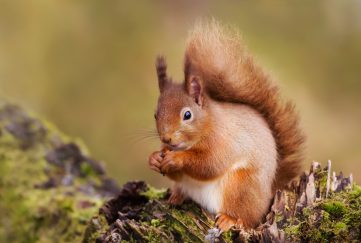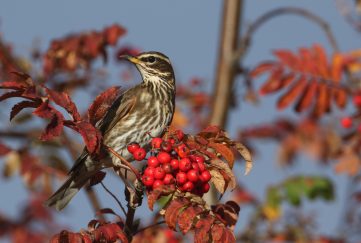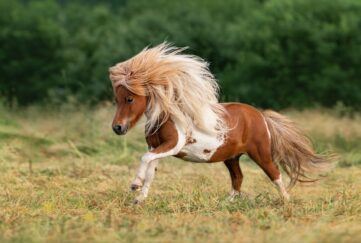Five Fascinating Facts – Mountain Hare

The mountain hare is an exciting find when hiking in Scotland. It’s also inspiring as they dart across tough terrain with ease and skill.
1. The mountain hare is Scotland’s native hare species! It is thought to have been driven from its natural lowland range when the brown hare was introduced during the Iron Age. Scotland’s mountain hare was also later introduced elsewhere in the UK, which is why you may find it across borders.
2. They are masters of camouflage! Depending on the time of year, you will either find the mountain hare donning a white coat or a brown coat to match its changing surroundings. They turn white in winter to hide in the snow, and then in late spring, they moult to match the colours of the moorland. Suddenly, they look similar to brown hares but are more grey-brown in colour and smaller in size.
3. Newborn are called leverets – they arrive covered in fur. Female mountain hares typically produce three litters of one to three leverets a year, and mountain hares usually live three-four years.
4. Unlike rabbits, you won’t find mountain hares digging burrows! They instead shelter, safe and warm, within shallow depressions in the ground known as forms.
5. The mountain hare’s scientific name is Lepus timidus! There is also an Irish subspecies, typically known as the Irish hare, which can only be found in Ireland. Its scientific name is Lepus timidus hibernicus.
WHERE TO FIND THEM: Mountain hares are prevalent from January to December in the heathland and moorland of the Scottish Highlands. However, they are easier to spot once the snow melts in early spring as they still retain some of their white winter coat and, therefore, stand out.
You can read Jim Crumley’s Scottish wildlife columns online here, and each month in The Scots Magazine.
Subscribe to The Scots Magazine today for more of Scotland’s wildlife >>






